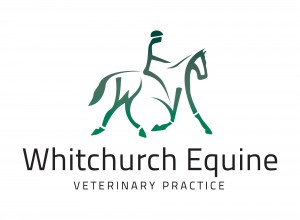We often see a rise in the incidence of choke with the onset of autumn. Choke is a blockage of the OESOPHAGUS (food pipe). The oesophagus is a muscular tube, leading from the mouth to the stomach, which moves food along with muscular contractions, like a conveyor belt. On occasions this coordinated movement can interrupted (spooked whilst eating) or overwhelmed (gulping down too much or too dry food) leading to CHOKE.
Classically choke is seen in cases where the evening feed is later than normal, the horse or pony rushes across the field to the feed bucket and gulps down dinner…. poor dentition can be a contributing factor. Breaking into the feed room is another issue where a pre-soaked food is ingested.
The clinical signs of choke are easy to see with normally an immediate change in behaviour. Food material, +/- saliva, will be produced from the nostrils and possibly mouth. Saliva is a frothy, white/ clear fluid and very slippery. Occasionally the horse may cough and possibly become stressed, sweating though often most horses and ponies reside quickly to the choke problem and remain calm. Periodic contractions of the neck are seen, like a concertina effect, tied in with the discharge of food material/ saliva from the nostrils.
DO NOT GIVE ANY FURTHER FOOD OR WATER BY MOUTH.
- Take away any food or water from the stable.
- Re assure the pony/ horse and try not to panic.
- Give the vet a ring.
- Generally most chokes self clear in 30-40 mins.
- More persistent chokes will require veterinary intervention to remove the blockage.
- Secondary complications to choke include coughing and localised damage to the oesophagus which may need further treatment.
- Maintain a regular feeding routine and slow feeding down with shallow feed bowels.
- Regular dental checks to ensure good chewing action.
